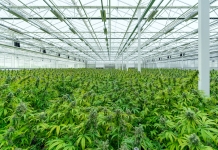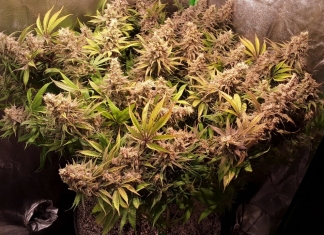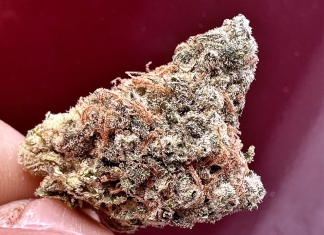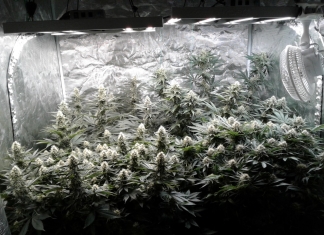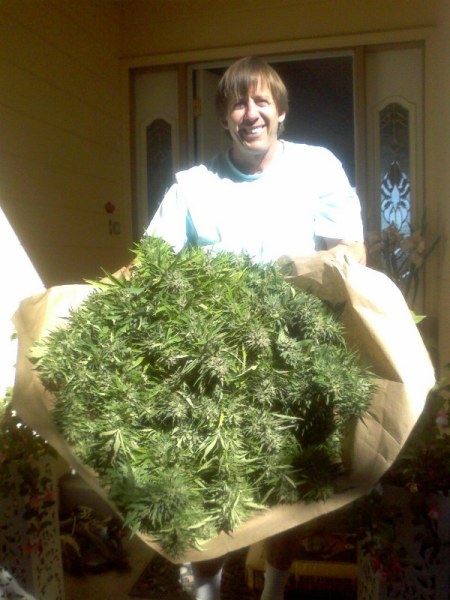All the big hemp machines should be working by the end of June.
Outside the steel building adjacent to Dave’s Lumber in Saltsprings, Pictou County, are 164 large round bails of hemp that Kevin Cain is champing at the bit to feed into them.
“Processing them will be proof of concept as part of commissioning the equipment,” said Cain, whose title will change from construction manager to operations manager when the line of grinders, shifters, shakers and blowers is running.
The ‘concept’ is already proven – there are hemp processing lines in Western Canada and around the world.
There just aren’t any in the Maritimes.
Fiber Source Processing Inc aims to be the first.
The company has so far invested $2 million in renovating a former hardwood flooring manufacturing building and bringing in a processing line.
“There’s a great opportunity in Nova Scotia – we’re close to three shipping ports that connect us to markets in Western Europe and the Eastern seaboard of the U.S.,” said Aaron Dublenko, president of Fiber Source.
Dublenko farmed in Alberta before being approached by Rocky Mountain Hemp to grow hemp as a crop. He became an investor in their business, which led him to look East, where growing conditions are favourable and shipping costs of the commodity product would be lower.
For farmers in northern and northeastern Nova Scotia, it provides another crop that could be grown in fields otherwise only economical to grow hay in.
Farmers could also use most of the same equipment as is used for hay to cut, dry and bail the hemp.
Fiber Source is having a custom harvester designed and built (hemp stocks can grow four metres tall) that would be provided as an additional incentive to farmers.
Fiber Source is looking for 2,500 acres that can be planted in northern Nova Scotia.
Currently, there are about 600 acres planted, the harvest from which they anticipate processing in August.
The company offers a 20 per cent subsidy on seeding costs, and then nine cents a pound for the hemp once it is harvested.
“It fixes carbon in the soil as a good nutrient source for future plants, so it’s a conditioner,” said Dublenko.
“It grows quick. You plant it in early June and are harvesting mid-July to August.
While it was grown widely during the 19th century in Nova Scotia, over recent decades hemp has been grown only on a few farms in northern Nova Scotia primarily for its seeds and oils that go into a variety of nutritional products.
Fiber Source is interested in its stocks which it will process into bast-fibres used in the textile and biocomposite industries, its woody core which is used for animal beddings and the dust which is used in hemp plastics.
Dublenko explained that by adding more markets, the crop becomes more profitable for farmers to grow.
The company has teamed up with Lord Abbey, a professor at Dalhousie University’s agricultural campus in Bible Hill to find the best varieties and treatments for growing hemp in Nova Scotia.
“There is huge potential for growing hemp here,” said Abbey.
“Of course, it used to be done. While some areas may be too acidic or too clay, there are remedies for those.”
The company will also provide consultations to farmers on how to grow the crop.



